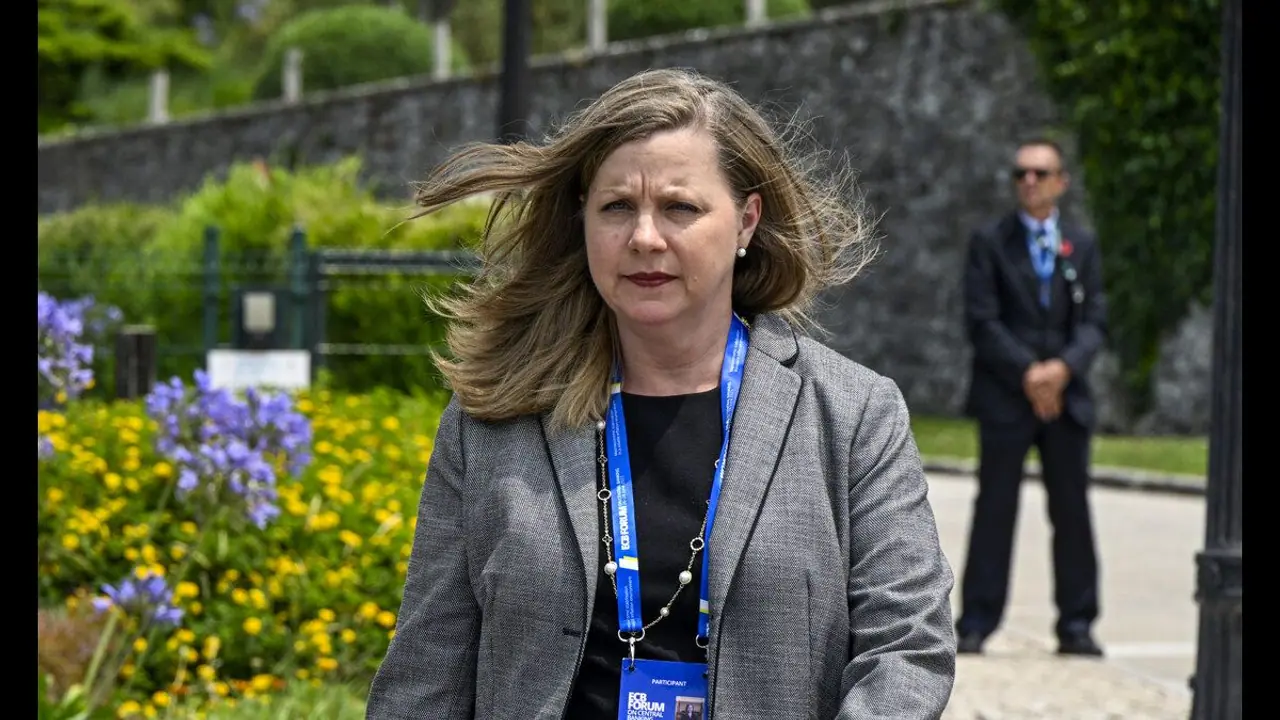Fed Governor Michelle Bowman reportedly said that she continues to see greater risks to the price stability side of the central bank’s mandate, especially when the labor market remains near full employment.
Federal Reserve officials Michelle Bowman and Beth Hammack expressed concerns over inflation and said there is a need to exercise caution with lowering rates in the coming times.

Fed Governor Michelle Bowman reportedly said that she continues to see greater risks to the price stability side of the central bank’s mandate, especially when the labor market remains near full employment.
“I would prefer that we proceed cautiously and gradually in lowering the policy rate, as inflation remains elevated,” she said at an appearance before the Missouri Bankers Association Executive Management Conference, according to a Reuters report.
The US economy added 227,000 jobs in November compared to economists’ expectations of 200,000 new positions while the jobless rate rose to 4.2%. Financial markets are now anticipating a 25 basis points rate cut in December.
Meanwhile, Cleveland Fed President Beth Hammack said moving slowly on the rate reductions will allow the Fed to calibrate policy to the appropriately restrictive level over time given the underlying strength in the economy.
“To balance the need to maintain a modestly restrictive stance for monetary policy with the possibility that policy may not be far from neutral, I believe we are at or near the point where it makes sense to slow the pace of rate reductions,” she said in her remarks at The City Club of Cleveland.
Hammack acknowledged that the monthly inflation readings in the last two months moved up from where they had been in the summer, indicating that the disinflation process has slowed.
“While some components’ inflation rates have returned to where they were before the pandemic, when inflation was running at or below 2%, other components’ inflation rates have not,” she said.
Notably, the Personal Consumption Expenditures (PCE) price index, which is the Federal Reserve’s preferred inflation gauge, increased 0.2% in October and rose 2.3% through the 12 months, according to the Bureau of Economic Analysis.
Although both figures stood in line with estimates, the annual figure was slightly higher than the 2.1% rise seen in September this year. Prices for goods decreased 0.1% while prices for services increased 0.4%. Food prices increased less than 0.1% and energy prices decreased 0.1%.
The Cleveland Fed President highlighted that the last few years' experience shows elevated inflation imposes both real and perceived costs. “The challenge for monetary policy is to sustain the healthy labor market conditions we have been experiencing while finishing the job of bringing inflation back to 2 percent on a sustained basis. There is more work to do,” Hammack noted.
Meanwhile, benchmark indices were trading in the green on Friday. The SPDR S&P 500 ETF Trust (SPY) traded 0.12% higher, while the Invesco QQQ Trust, Series 1 (QQQ) was up over 0.7%. On Stocktwits, retail sentiment ranged from ‘neutral’ to ‘bearish’ for these ETFs.


For updates and corrections, email newsroom[at]stocktwits[dot]com.<
